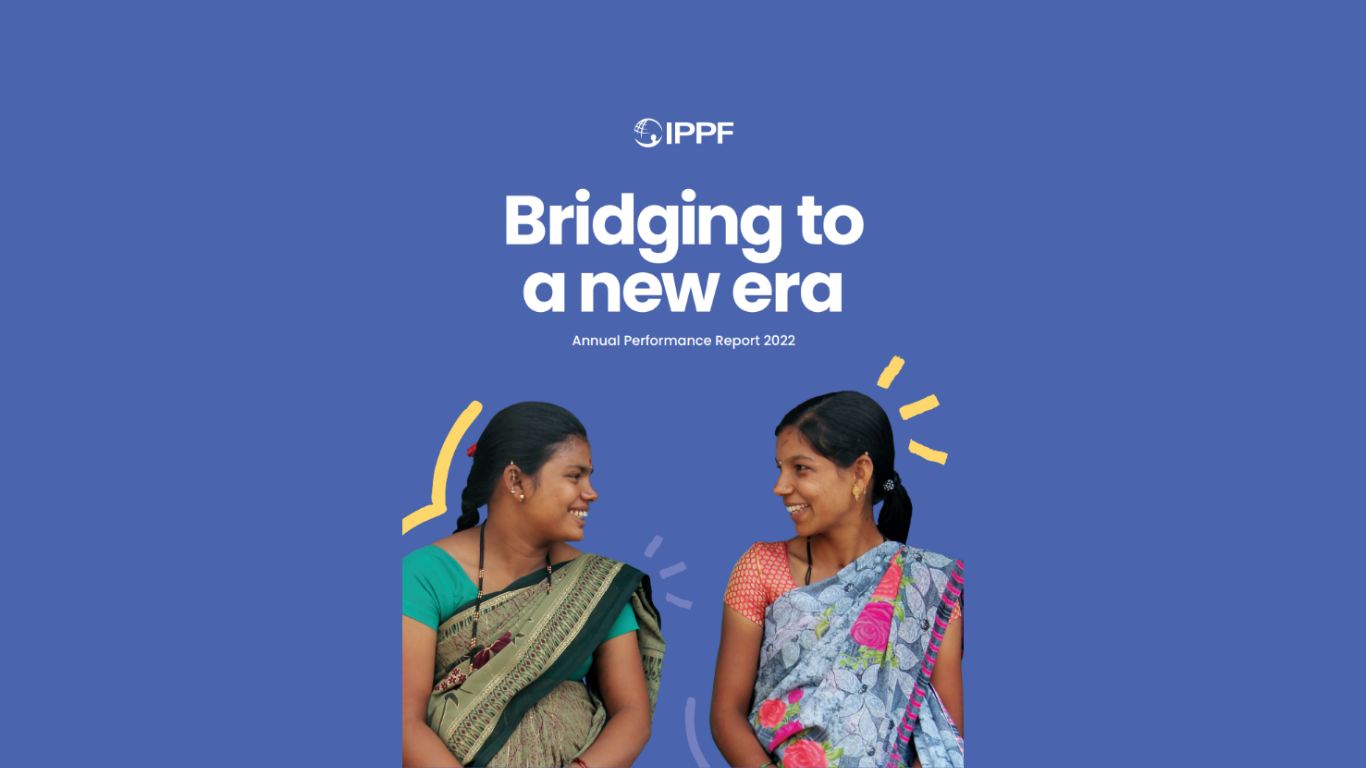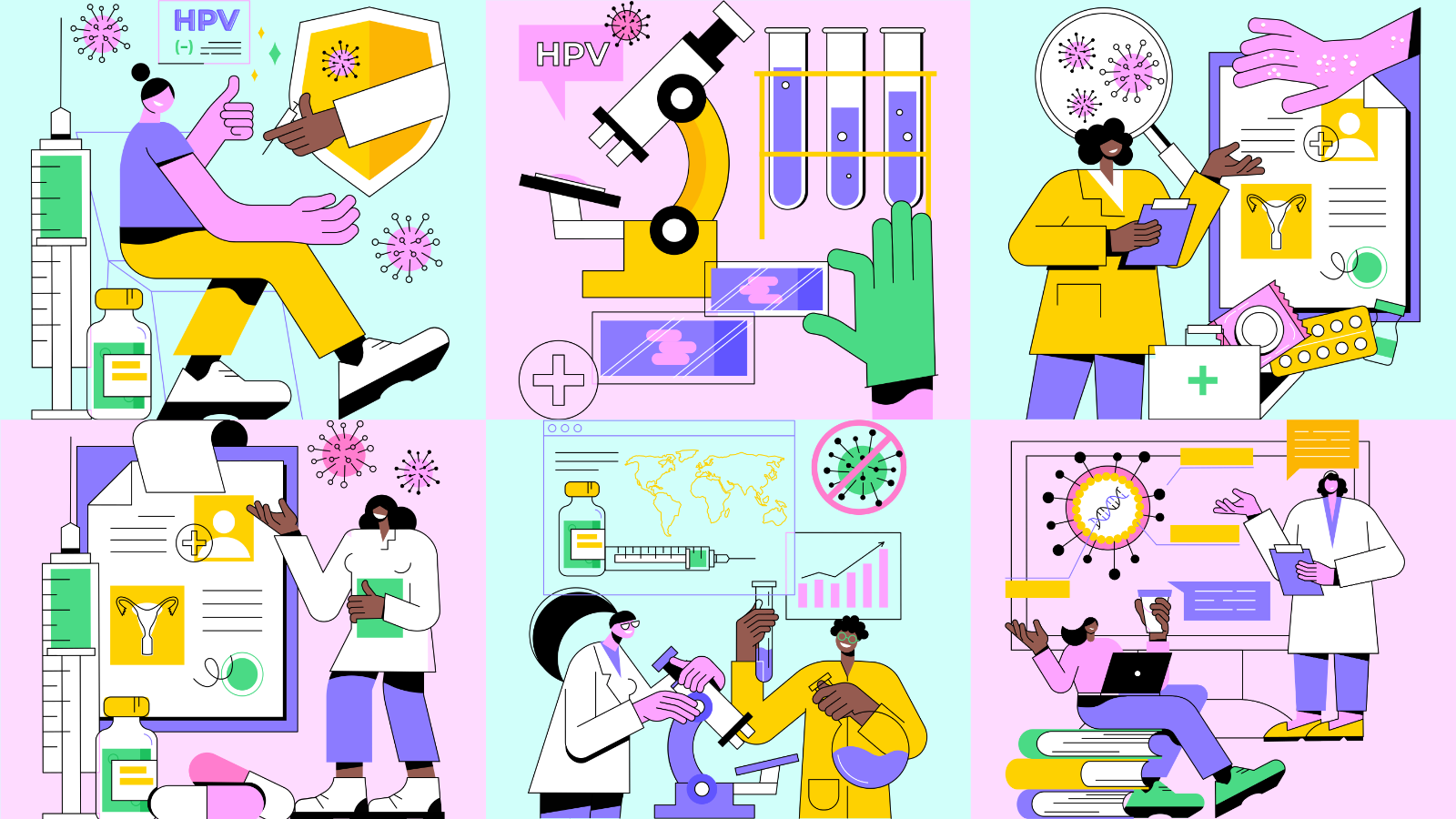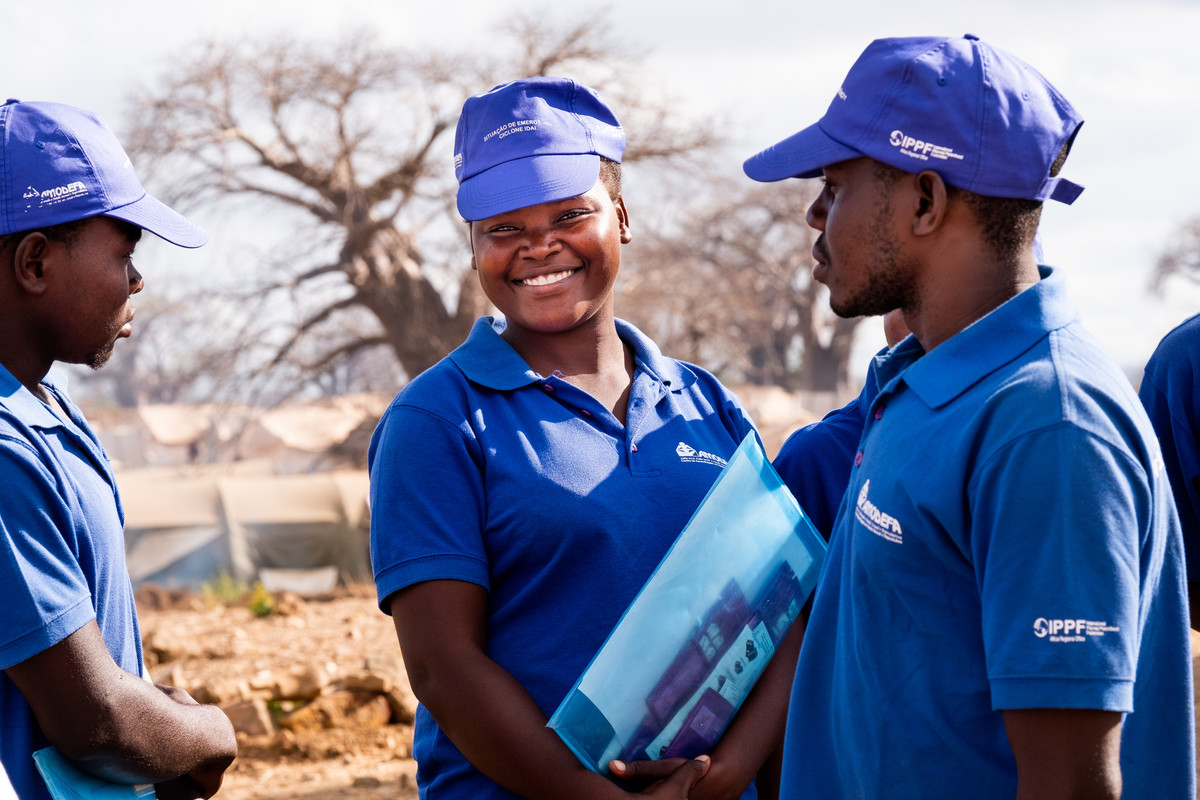Spotlight
A selection of resources from across the Federation
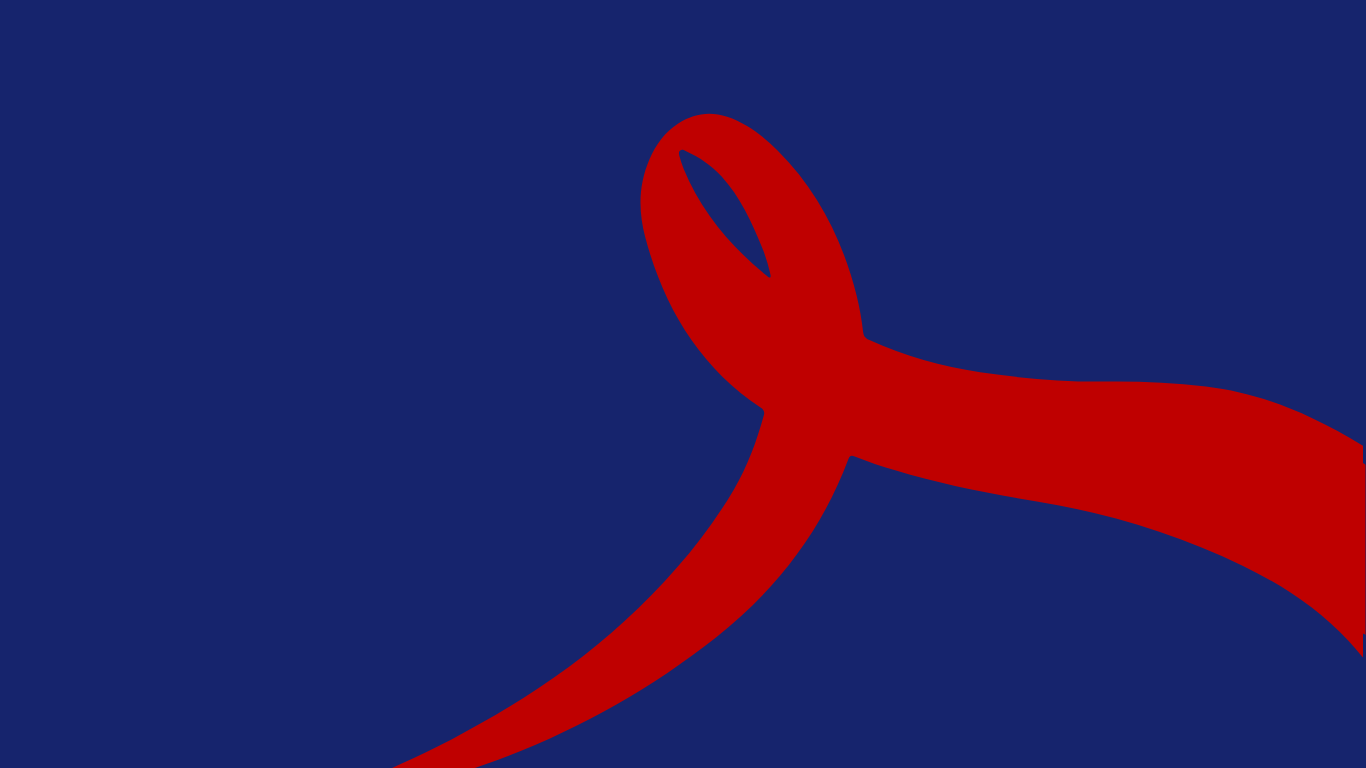
HIV Theory of Change
Our HIV Theory of Change is to clarify the goals and vision of IPPF’s HIV programme and to articulate the different pathways and strategies IPPF uses to contribute towards its HIV goals and vision.
Filter our resources by:
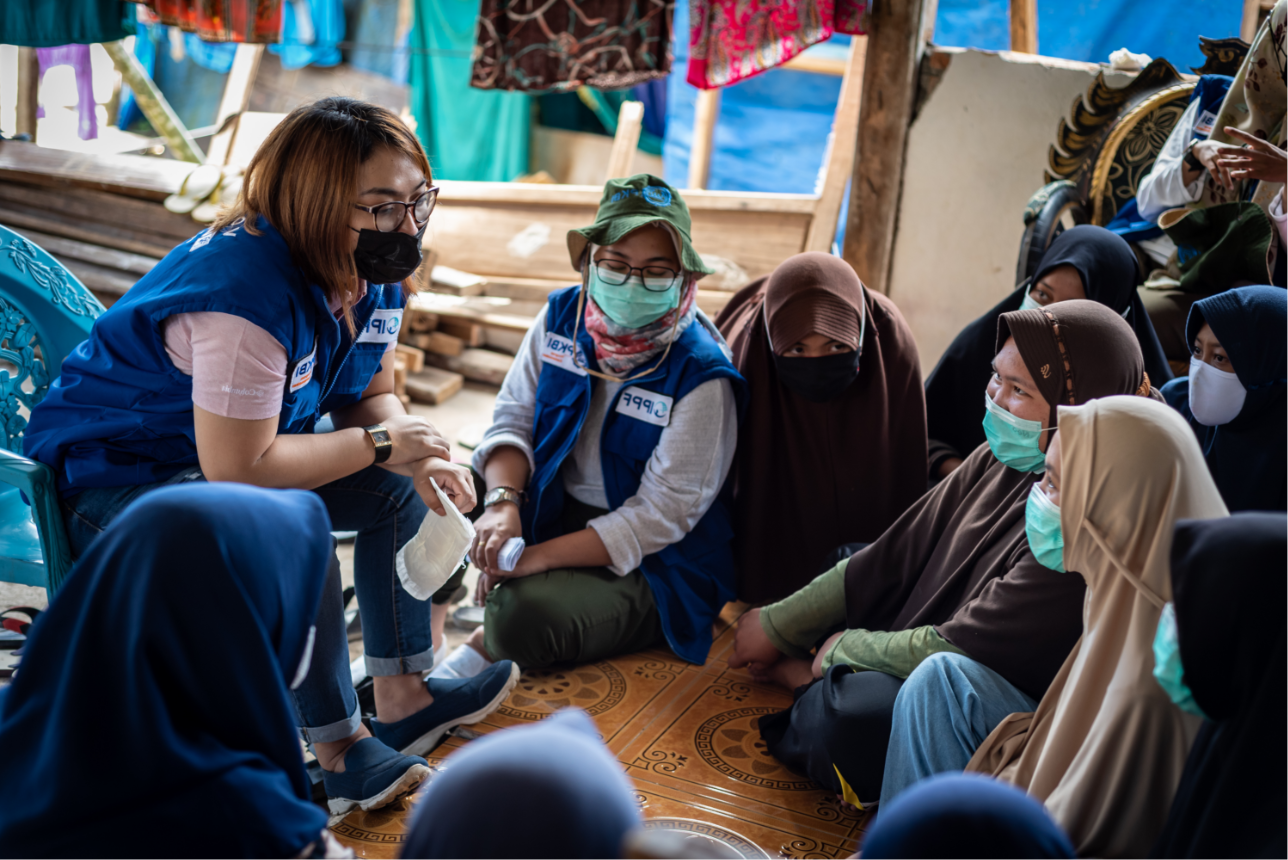
| 04 February 2016
Young at Heart
The world is home to the largest generation of young people in history. They are diverse, they have opportunities, but they also face immense obstacles in their lives. Young people and adolescents need to be able to make informed decisions and have access to sexual and reproductive health education, information and services. IPPF’s journey of youth services and participation is illustrated by the timeline of events on this page. Our approach has changed radically, from ‘not turning young people away’ to providing high quality, standardized youth-friendly programmes. Our performance of the past decade tells a powerful story of this increasing commitment to young people. In 2005, 25% of our services were provided to young people, and since then the number of services provided to young people has grown steadily. Of the 86.9 million services provided by IPPF in 2013, almost every second one was to a young person. IPPF’s new Strategic Framework (2016 -2022) shows how the Federation is embracing young people as partners and moving to a more youth-centred approach. By expanding our commitment to youth-friendliness and evolving to ensure that young people are truly at the centre of everything we do, IPPF will continue to set an example for meaningful youth involvement. By genuinely focusing on young people’s lives and requirements, from their own perspectives, we can deliver services, programmes and interventions that are truly shaped by them, and thus relevant, inclusive and effective. This document is an introduction for decision makers, service providers and youth leaders within the Federation on how IPPF can build on its legacy and transition to a youth-centred approach. It addresses the questions: what does this new thinking include? What does it mean in practice? How should we implement it? How should we measure progress?
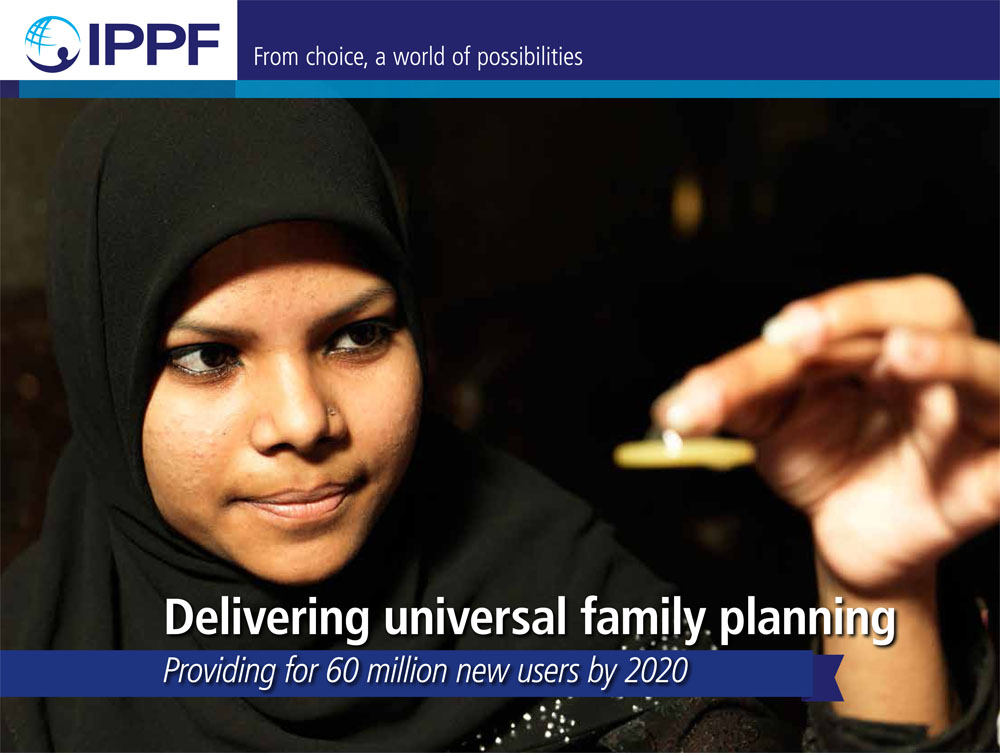
| 21 January 2016
Delivering universal family planning
As the largest civil society provider of family planning, IPPF plays a leadership role – holding governments to account for the pledges they made at the London Summit on Family Planning 2012, pushing for family planning and SRHR within the new Sustainable Development Goals national plans whilst strengthening our own delivery. Our new pledge is to reach an additional 45 million between 2015 and 2020 – meaning a total FP2020 contribution from IPPF of 60 million new users to family planning.

| 08 December 2015
Macedonia: Engaging champions and mobilizing civil society for women’s rights
Since 2008, the government of Macedonia has invested millions in an anti-abortion campaign. In 2013, this culminated in a new law restricting women’s access to abortion. The Macedonian IPPF Member Association (XEPA) led civil society advocacy to demand the restoration of women’s right to abortion.

| 02 December 2015
IMAP Statement on hormone therapy for transgender people
This Statement has been prepared by the International Medical Advisory Panel (IMAP) and was approved in October 2015. This ‘Statement on Hormone Therapy for Transgender People’ complements and builds on earlier IMAP Statements, including ‘Sexual Rights and Sexual Health Services’ and ‘Sexual Health and Rights of Adolescents and Young People’. In the former Statement, IPPF explicitly explored the sexual rights and sexual health of people who are lesbian, gay, bisexual, transgender and intersex, and described how to provide the non‑discriminatory and essential health services required by these populations.

| 02 December 2015
IMAP Statement on the elimination of female genital mutilation
This Statement has been prepared by the International Medical Advisory Panel (IMAP) and was approved in June 2015. Female genital mutilation (FGM) is an umbrella term that includes all procedures that involve partial or total removal of the external female genitalia, or other injury to the female genital organs, for non‑medical reasons. Female genital mutilation violates a number of well‑established human rights principles, norms and standards, including the principles of equality and non‑discrimination on the basis of sex, gender, the right to bodily integrity, the right to life (because the procedure can result in death), and the right to the highest attainable standard of physical and mental health. Female genital mutilation has no health benefits, it is harmful to the health of women and girls, it violates women’s human rights and every effort should be made to eradicate the practice.
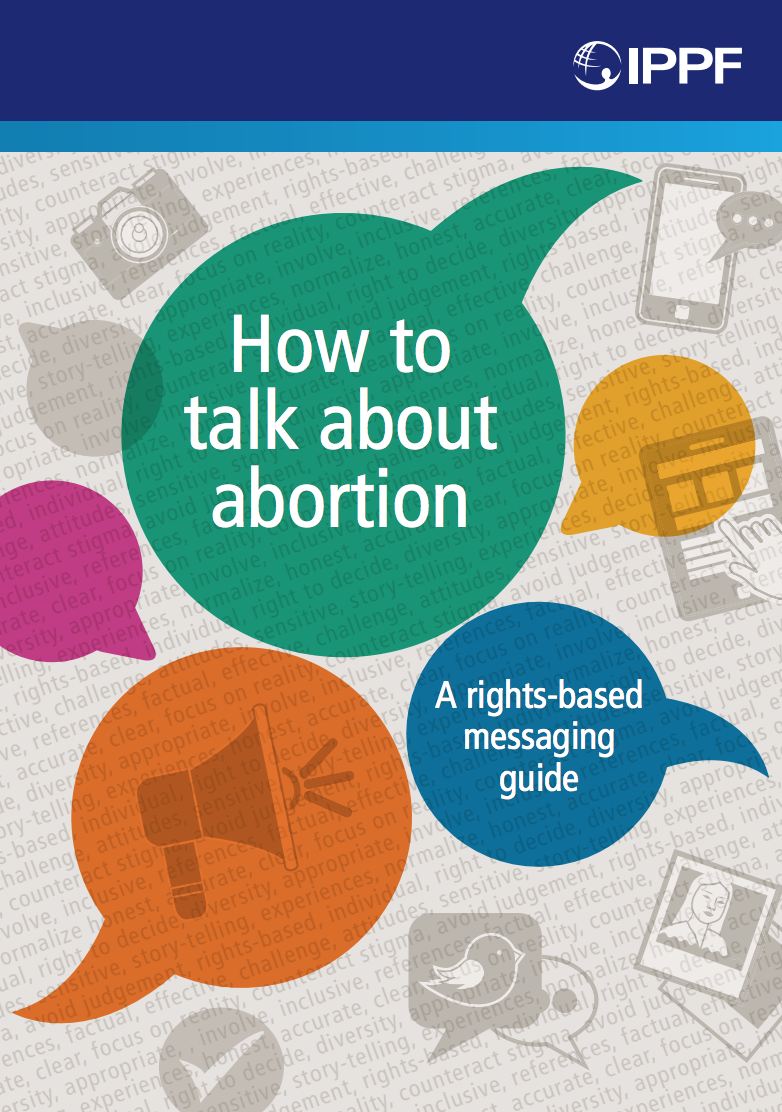
| 20 November 2015
How to talk about abortion: A guide to stigma-free messaging
How to talk about abortion: A guide to stigma-free messaging (updated April 2023) provides useful tips and advice on what to consider when developing materials relating to abortion. The content includes examples of positive, rights-based messages, and how to avoid using stigmatizing language and images. This guide can be used by educators, advocates, programmers, health professionals and policy makers, among others, to help inform the development of a wide range of communication materials. Learn more in this short video (also available in French and Spanish).











